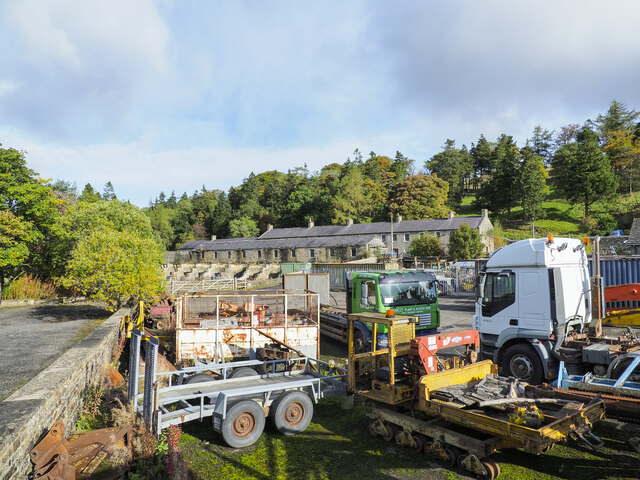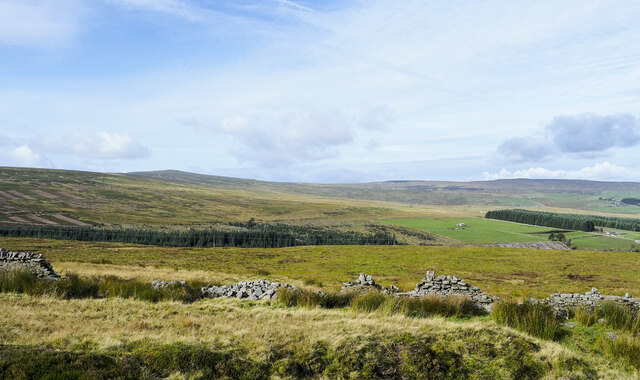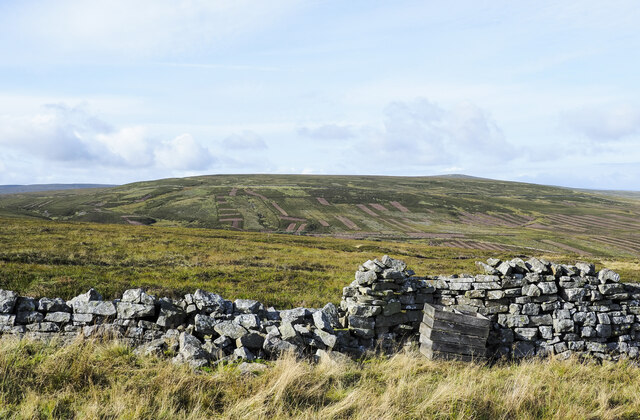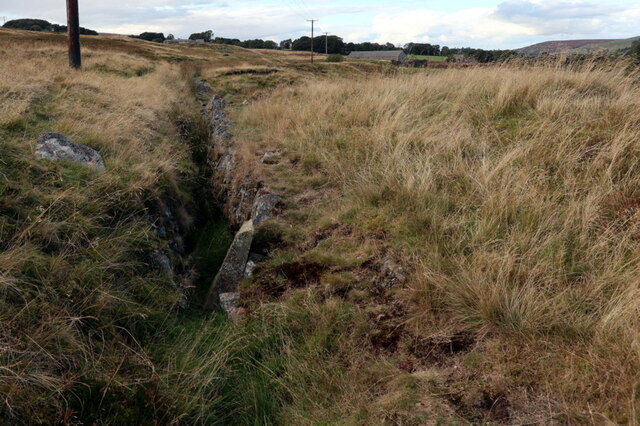Springhouse Plantation
Wood, Forest in Northumberland
England
Springhouse Plantation
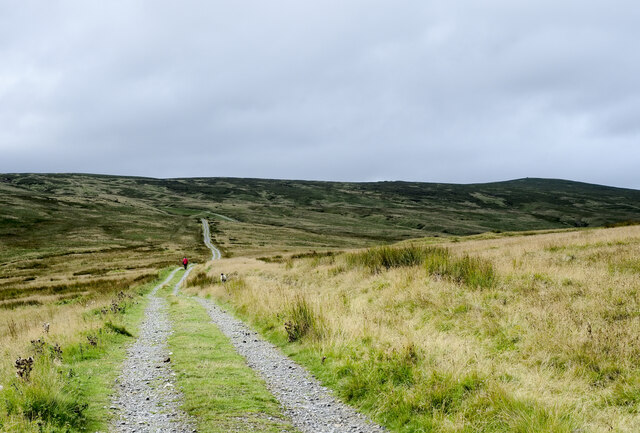
Springhouse Plantation is a pristine natural area located in Northumberland, a county in the state of Virginia, United States. Spanning over a vast expanse of wood and forest, this plantation is a haven for nature enthusiasts and those seeking tranquility amidst breathtaking landscapes.
The centerpiece of Springhouse Plantation is a charming springhouse, built in the early 19th century, which stands as a testament to the region's rich history. The springhouse is a small stone structure, surrounded by lush greenery and vibrant wildflowers. It serves as a reminder of the area's agricultural past and the importance of water sources for the local community.
The plantation is home to a diverse range of flora and fauna. Towering trees, such as oak, pine, and maple, provide shade and shelter for an array of wildlife, including deer, foxes, rabbits, and various bird species. The forest floor is adorned with a carpet of ferns, wildflowers, and moss, creating a picturesque setting that is perfect for hiking and exploring.
Visitors to Springhouse Plantation can enjoy various recreational activities. The well-maintained trails offer opportunities for hiking, jogging, and birdwatching. Picnic areas with scenic views provide a serene setting for families and friends to gather and enjoy a meal surrounded by nature's beauty.
Moreover, Springhouse Plantation is committed to environmental conservation and preservation. Efforts are made to maintain the natural integrity of the area and protect its fragile ecosystems. Visitors are encouraged to respect the environment and follow guidelines to ensure the sustainability of this remarkable plantation.
In conclusion, Springhouse Plantation in Northumberland is a captivating destination for nature lovers and outdoor enthusiasts. With its historical significance, breathtaking landscapes, and abundant wildlife, it offers a truly immersive experience in the heart of Virginia's natural beauty.
If you have any feedback on the listing, please let us know in the comments section below.
Springhouse Plantation Images
Images are sourced within 2km of 54.800918/-2.2256295 or Grid Reference NY8545. Thanks to Geograph Open Source API. All images are credited.
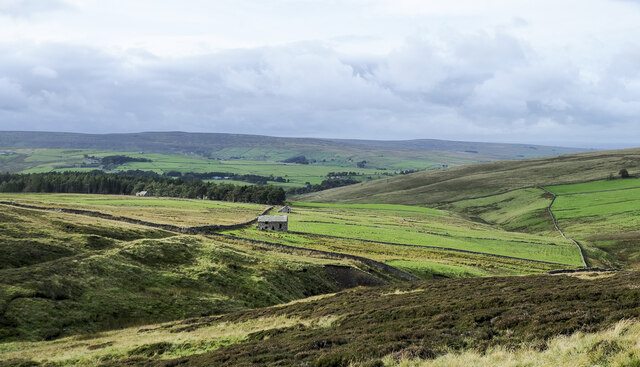
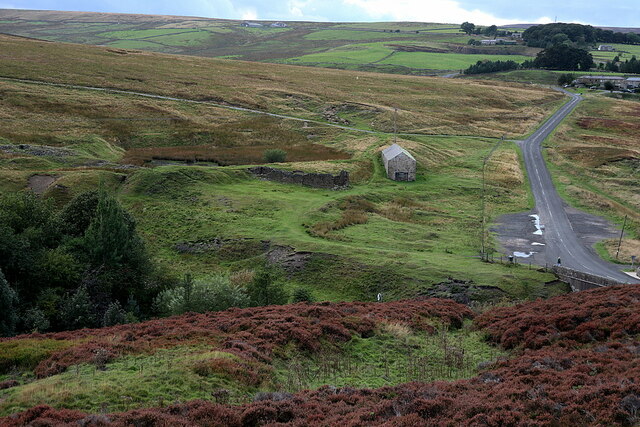
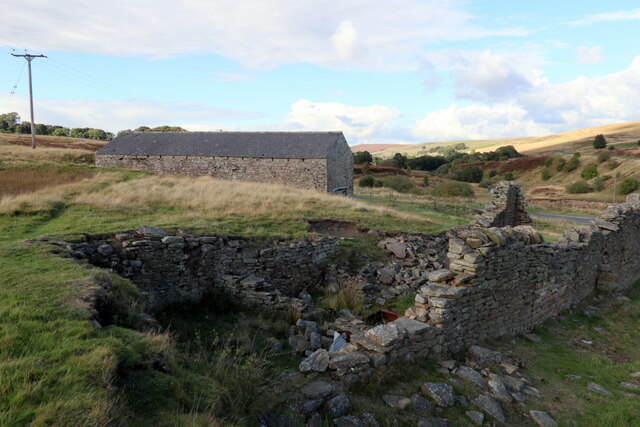
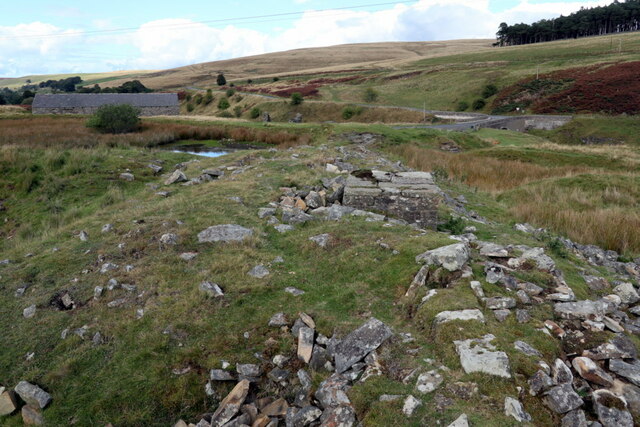
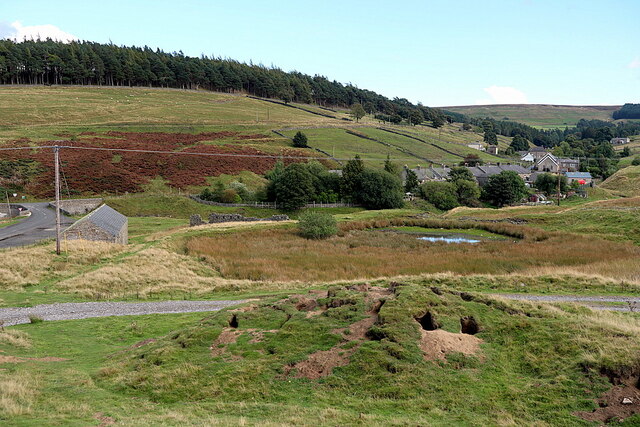
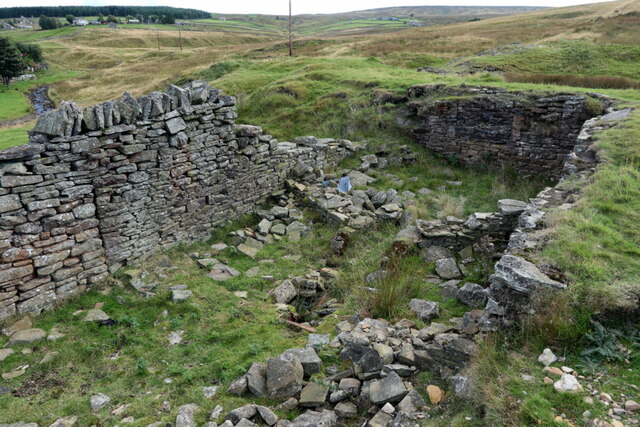
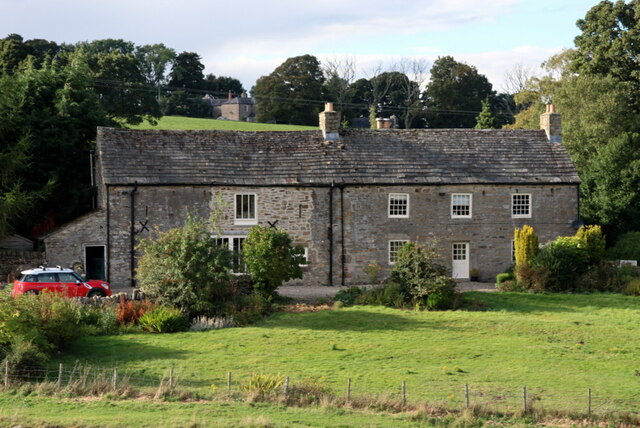
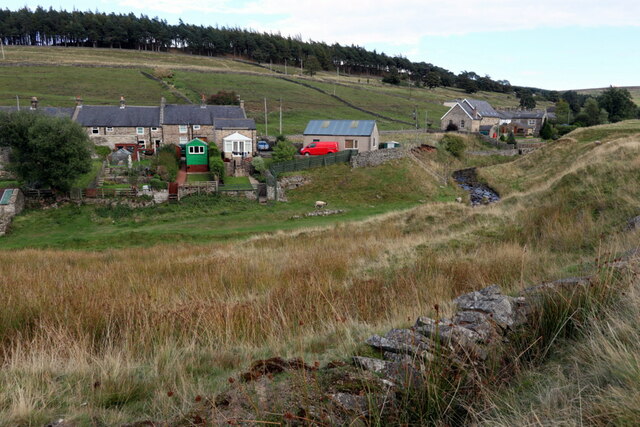
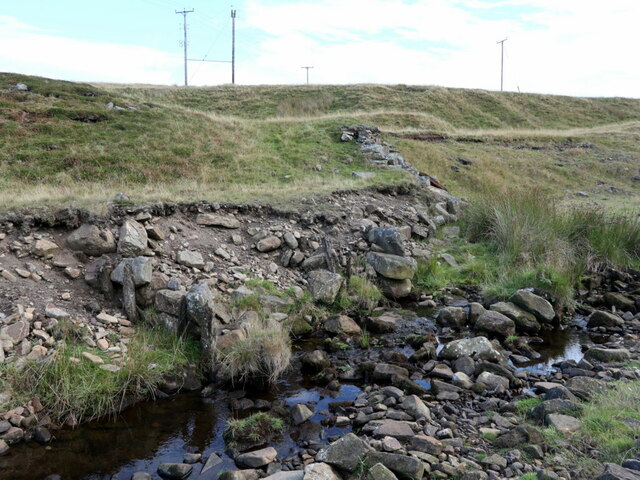
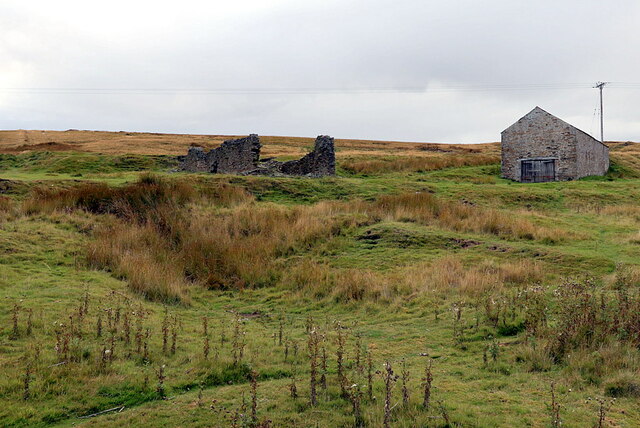
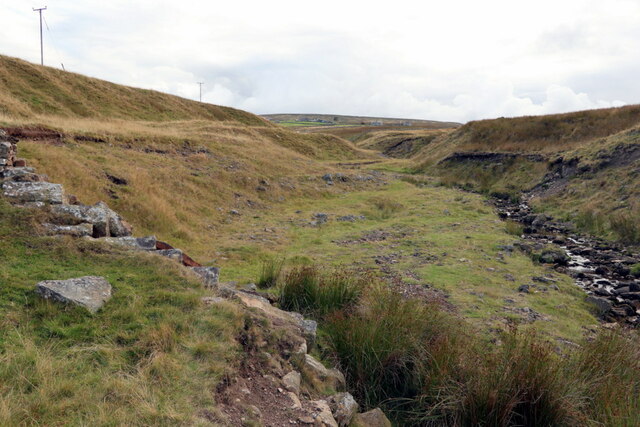
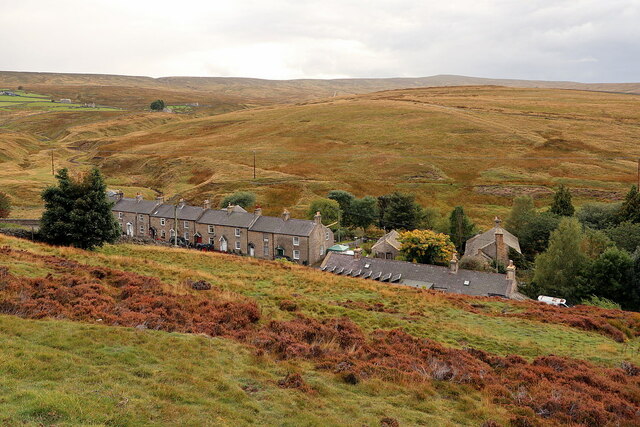
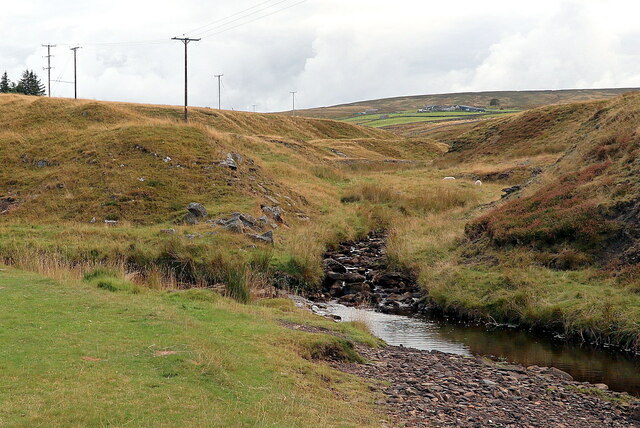
Springhouse Plantation is located at Grid Ref: NY8545 (Lat: 54.800918, Lng: -2.2256295)
Unitary Authority: Northumberland
Police Authority: Northumbria
What 3 Words
///progress.stickler.flown. Near Alston, Cumbria
Nearby Locations
Related Wikis
Allenheads
Allenheads is a former mining village in the Pennines to the north of Weardale in Northumberland, England. Lead extraction was the settlement's industry...
Lanehead
Lanehead is a hamlet in the civil parish of Stanhope, in County Durham, England. It lies at the head of Weardale, approximately 2 km west of Cowshill....
Cornriggs Meadows
Cornriggs Meadows is a Site of Special Scientific Interest in Upper Weardale in north-west County Durham, England. It consists of a group of fields, located...
Killhope
Killhope is a small settlement at the very highest end of Weardale in the civil parish of Stanhope, in County Durham, England. Killhope Pass, the road...
Cornriggs
Cornriggs is a hamlet in the civil parish of Stanhope, in County Durham, England. It is situated on the north side of Weardale in the North Pennines,...
Old Moss Lead Vein
Old Moss Lead Vein, also known as Killhope Head, is a Site of Special Scientific Interest in the Wear Valley district of County Durham, England. It consists...
Hexhamshire Moors
Hexhamshire Moors is a Site of Special Scientific Interest covering an extensive area of moorland in the Wear Valley district of north-west County Durham...
Cowshill
Cowshill is a village in the civil parish of Stanhope, in County Durham, England. It is situated at the top of Weardale, between Lanehead and Wearhead...
Nearby Amenities
Located within 500m of 54.800918,-2.2256295Have you been to Springhouse Plantation?
Leave your review of Springhouse Plantation below (or comments, questions and feedback).
